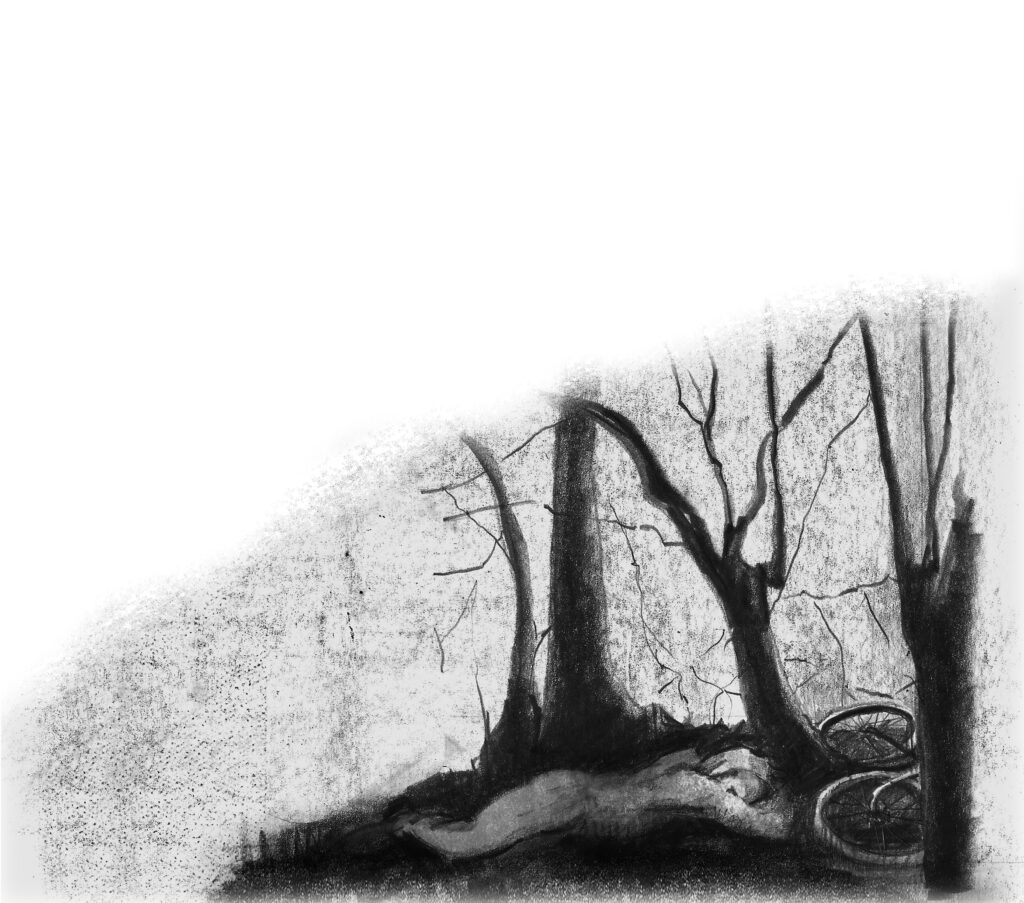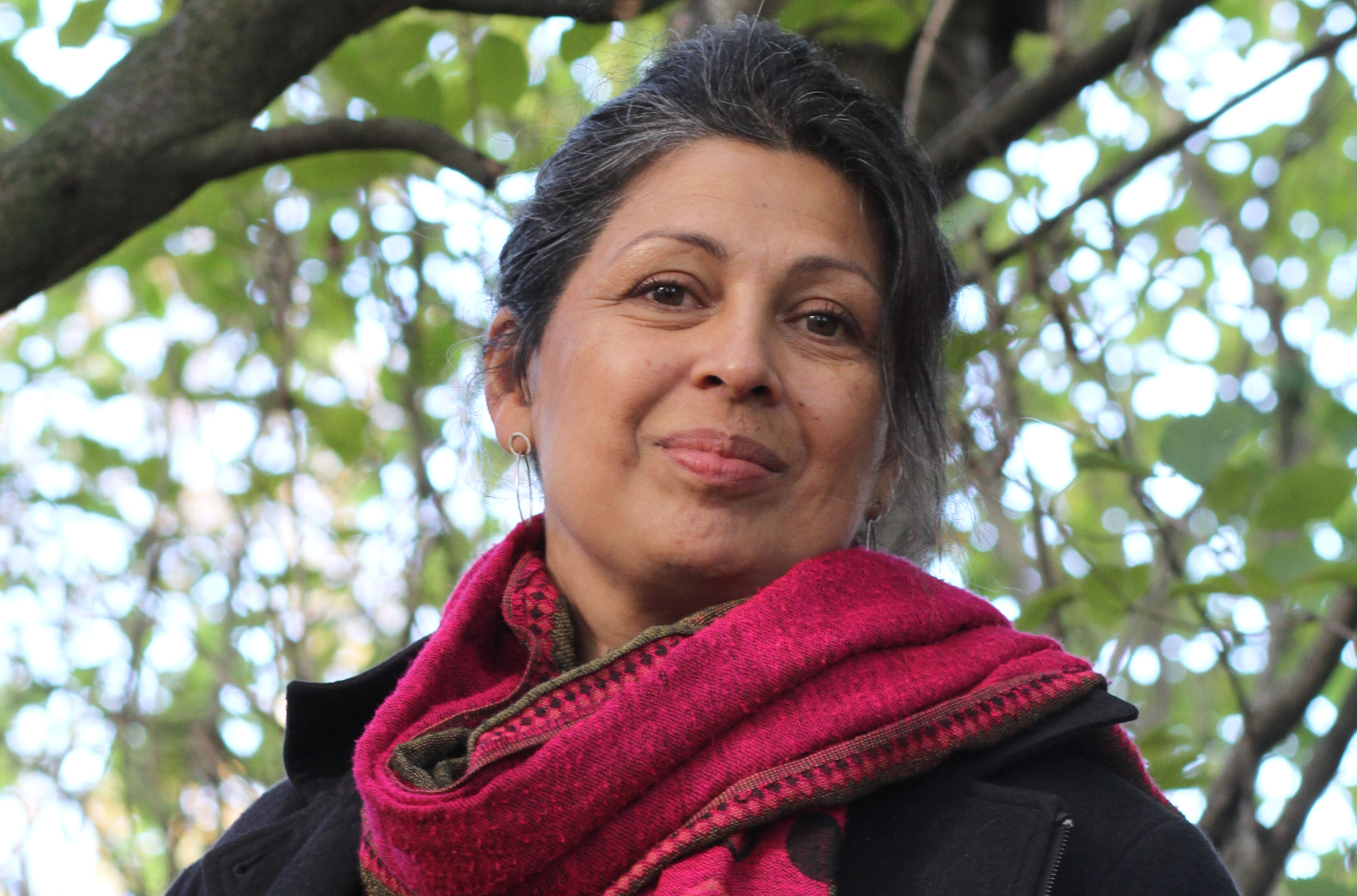Survival art and writing
Young adult novelist Sita Brahmachari on how creativity can draw children in from the margins
“When shadows fall you stand beside.” These are the words of 18-year-old Omid to his new best mate Kai, reflecting on their traumatic journey through adolescence in a society where safety nets for the most vulnerable are fragile or non-existent. Kai, Orla, Omid and Zak come together on a piece of urban wasteland to protect and support each other and the earth that they’ve grown from. This is also the land onto which Kai is ejected when he is excluded from school, and now the land itself, as well as access to education and opportunity, is threatened.
I’ve been writing this story for many years, over which time we have seen an epidemic of children and young adults suspended and permanently excluded from school. The impacts of lockdown are complex and have temporarily altered the statistics in the last year or two, but unless there is a sea change in education and mental health services, we will see a continuous trend of rising exclusions.
The roots of my book When Shadows Fall were planted long ago when I was not much older than Kai and had started working with young people in the community to explore how storytelling, art, acting and writing could help to discover a place to belong in education and society.
One of my first experiences was to work with a group already excluded from school at the age of 14. There was a small piece of ground under the flats where we improvised together but I was warned not to open the window in case something “like that” landed on my head. “That” was a fridge, lying prone on its side, rotting contents spilling out. Over time the piece of ground was reclaimed and we often got to work outside. The young people began to enjoy gardening, planting and even growing food in raised beds there. Pride was taken in produce and flowers. No more fridges fell and any debris that found its way there was quickly cleared up. My own late father –who came to Britain in 1959 to be a doctor in the then newly founded National Health Service – used to wonder what the precise nature of my work was. Was it writing, theatre, storytelling or community work? For me, working with young people in the arts to bring opportunity and agency means that it’s all of the above at the same time.
From a surprisingly young age many of the most talented people I’ve worked with express the feeling of being outside the gates of education and opportunity. As a child I myself never dreamed that I could be an author and it took me to age 40 to pluck up the courage to offer my work for publication. I realise now that the potential of the arts to help orientate young lives and access to opportunity has been a powerful and constant hope in my stories and one that I hope will give agency to young readers.
When Shadows Fall is written in three acts and is probably closer to work in theatre than anything I’ve written in novel form before. In the final act, entitled Fly, Kai, Fly, Kai becomes homeless in the bleak midwinter and loses the one superpower he has during that time – to express himself in writing. It is his deep bonded friendships and community that must come to his aid.

One of these friends is Omid who moves into Greenlands from Syria in year eight of secondary school. He arrives with little English but learns fast. He expresses what he sees through his art, and even gains Kai as a best friend or “brother” through it. I always enjoy seeing the art in Big Issue North magazine for its own beauty and worth, and because I also see every week in working with refugee people what it is to manifest something sustaining when it feels like you have few resources or power.
The one thing that unites the young people in this story is that they are all crying out for something that is rightfully theirs: access to opportunity, education, a place to play, create, express and to thrive – the right not to be excluded before they’ve even begun.
In When Shadows Fall the characters sustain themselves through survival writing and art. For what cannot be told in writing in this tale is revealed in icon. This is Kai’s journal and in the form of the telling itself there are many clues in prose, poetry and annotations of a sixth form art portfolio as to the writing process and how to access this life affirming work.
‘This story is in your hands
To have and to hold.
In it you will find the passing of a pen
And charcoal to make art from scorched earth
Take it up and feel its force,
For now it’s your time to fly.’
When Shadows Fall by Sita Brahmachari and illustrated by Natalie Sirett is out now (Stripes Publishing)

Leave a reply
Your email address will not be published.